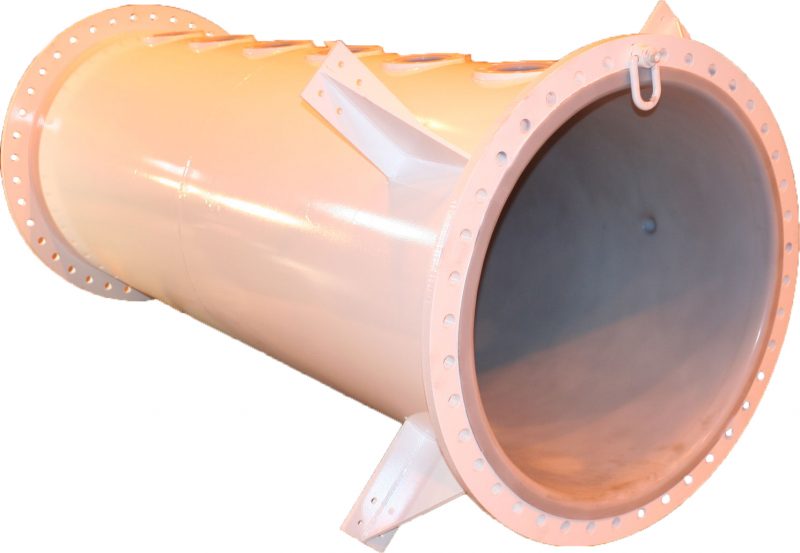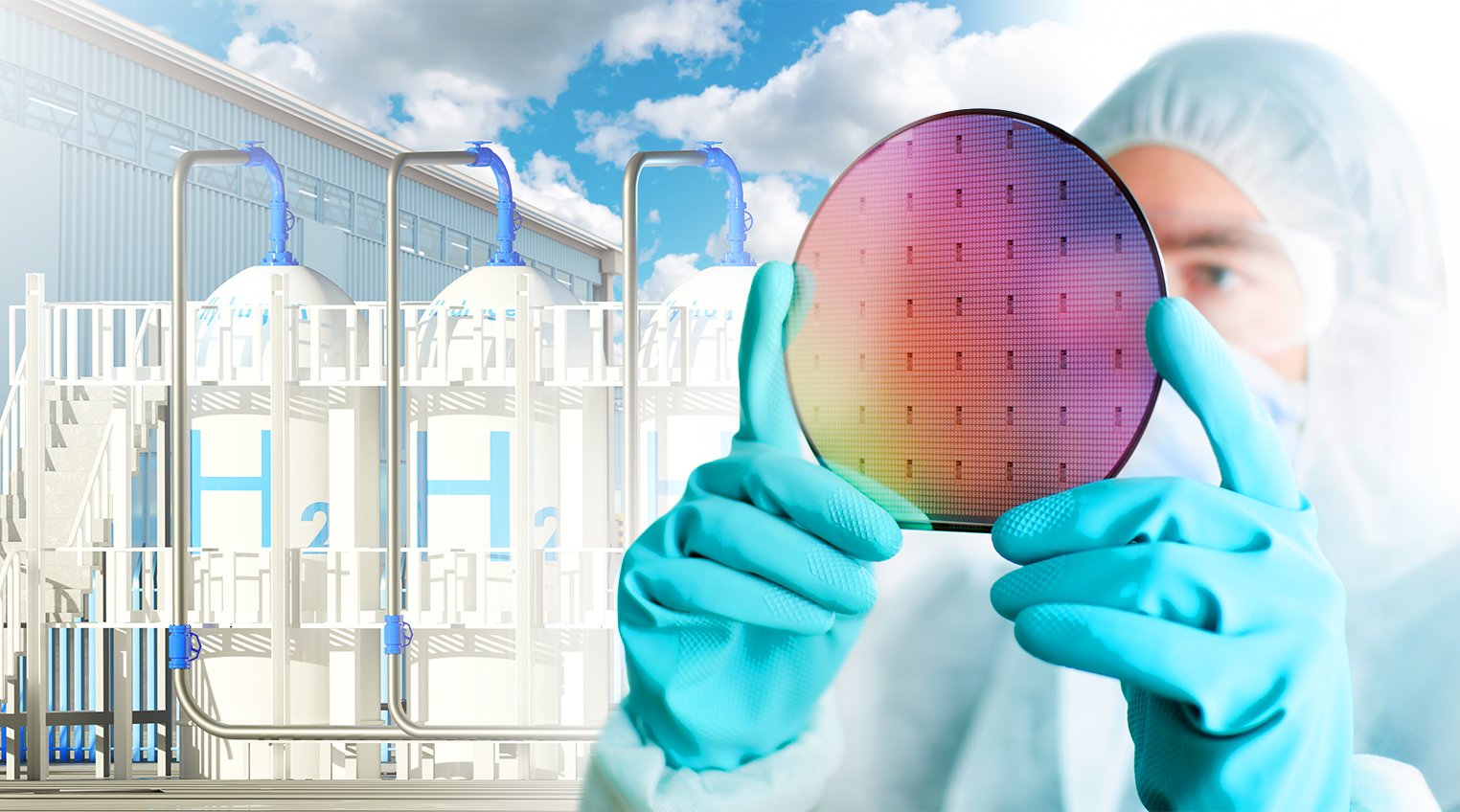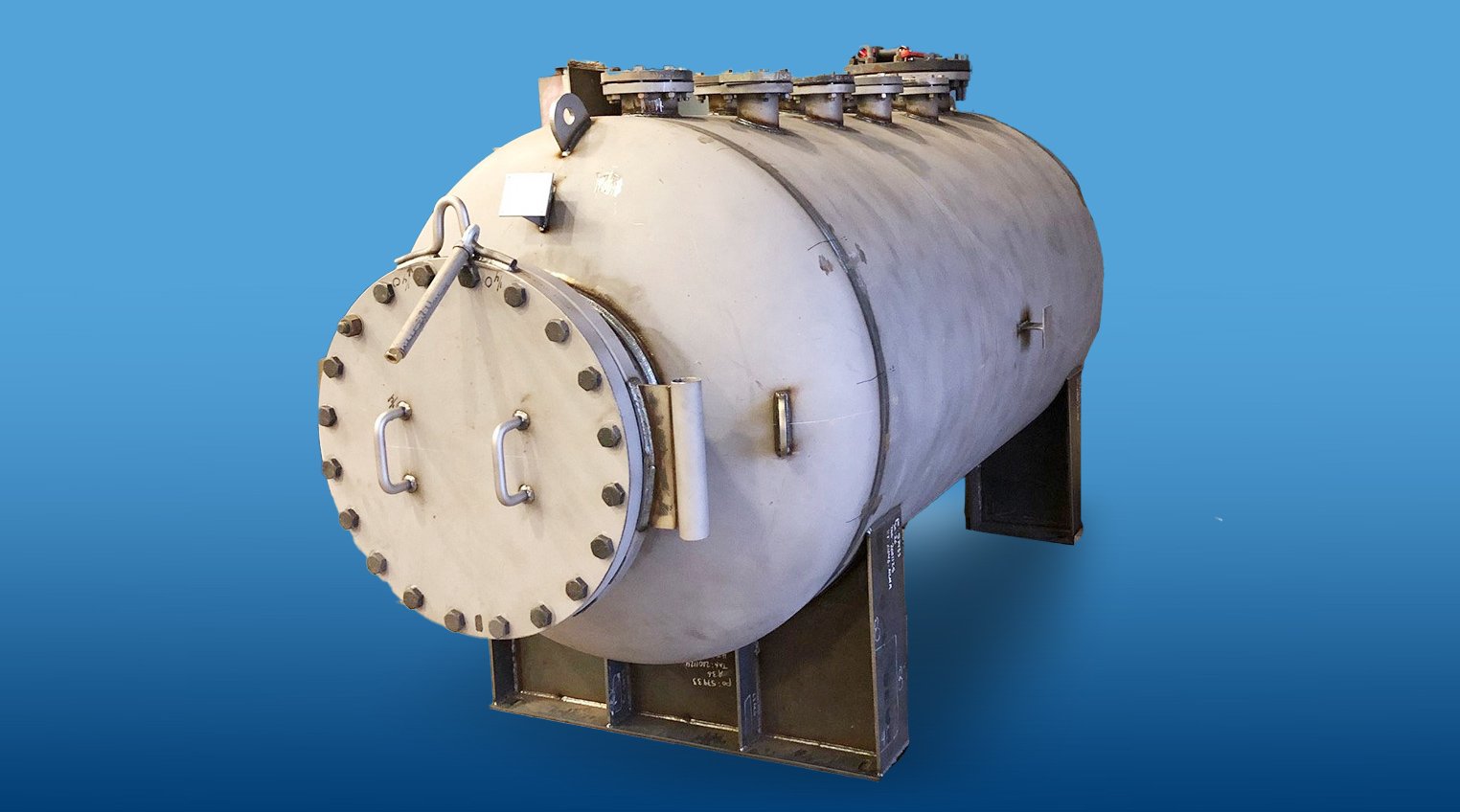How to Increase the Reliability of Your Lining to Avoid Unplanned Outages
Chemical and industrial process equipment faces a constant battle against abrasion, corrosion, wear, and structural failure that can lead to costly downtime and extra repairs. Process and corrosion engineers rely on a variety of lining and coating technologies to improve performance in several variables:
- Better corrosion resistance
- A wider range of operating temperatures
- Improved abrasion and impact resistance
- The enhanced structural integrity of lined parts
These are difficult challenges, particularly for applications that call for lining complex geometries or large diameters, as well as handling corrosive/abrasive media. To achieve the above, engineers must select the appropriate lining or coating for their equipment based on the requirements of their application. Today, with the advances in anti-corrosion polymer materials and new lining technologies, engineers have more options than in the past.
What are the Issues with Common Liners?
When looking to protect critical process vessels and equipment, engineers commonly use sheet lining, powder coating, dual laminate construction, or “loose linings” such as PTFE (polytetrafluoroethylene). However, these options have several operational disadvantages, leading to cost inefficiencies, performance losses, and an increased risk of downtime.
Here are some of the disadvantages that come along with common liners and coatings:
Failure-Prone Weld Joints
Instead of being seamlessly bonded to a part, sheet liners and dual laminate liners have failure-prone weld joints. This leads to an increased risk of mechanical failure. Since sheet liners and dual laminate liners also require adhesives and are not mechanically bonded to the part, it increases the risk of liner delamination.
Difficulty Covering Complex Shapes
Most common liners and coatings have a difficult time adhering to complex shapes and part geometries. Using a sheet liner or powder coating requires direct access to the internal surfaces of the part, which adds production time and can cause damage.
Pressure and Temperature Limits
Sheet liners and dual laminate construction have pressure limits. If their maximum working pressure is exceeded, it can lead to part failure. Dual laminates will be limited by the temperature of the resin in the FRP structure which is generally lower than most fluoropolymer resins used for the liner.
Repair Difficulties
For most demanding applications, liners will need to be monitored and repaired during their service lives. When engineers use powder coatings or dual laminate construction, it greatly slows down the maintenance and repair process. Powder coatings and dual laminates are not easily repairable, requiring operators to completely remove and then reinstall the liner or the equipment itself.
Minimal Protection
Typical liners and coatings are very thin and offer limited protection to corrosion and permeation. Sheet lining, powder coating, dual laminate liners and PFTE liners are all between 0.040” and 0.125” thick.
In addition to the above operational difficulties, most common liners and coatings also have long lead times. During the time when an engineer is looking for a new liner, whether it be for a new piece of equipment or for when handling a repair, their systems will be stalled.
What is Rotational Lining?
Rotational lining is a technology that allows engineers to bond a uniform, seamless polymer layer to the interior of virtually any tank, vessel, or other types of process equipment. The rotolining process involves placing a granular resin inside the structure to be lined, covering all openings, and then heating the structure while simultaneously rotating it around two axes.
The combination of heat and rotation causes the resin to melt and flow evenly throughout the entire inner surface of the structure, bonding it to the metal substrate. Once cooled, this forms a monolithic corrosion- and chemical-resistant lining that is virtually free of stresses. A variety of melt-flow processed liner choices are available, including nylons, olefins, and fluoropolymers.
What are the Advantages of Rotational Lining?
Compared to standard options used such as sheet lining and powder coatings, rotational lining offers several key advantages, including:
Seamless Bonding
Rotolining creates a seamless liner that is mechanically bonded to the part without the need for any adhesive. This eliminates failure-prone weld joints and leads to more structurally sound equipment. Parts with complex geometries and shapes can also be easily lined without the intrusive and time-intensive process of common liners. Even when working with more complex geometries, liners can be completed in less than a week.
Enhanced Part Integrity
Engineers using rotational lining can maintain high structural integrity for their parts. Higher structural integrity reduces the chance of any failure requiring a costly and time-intensive repair.
Leak-Free Designs
With easy to seal flanges, rotolining mitigates the chance of any leakage. As a fully bonded liner, rotational liners also eliminate annular space where permeation can collect and condense. This is especially important for highly regulated applications where a high standard of sanitation must be maintained at all times.
Improved Operating Temperatures
Rotational liners typically do not limit the operating temperatures of a part as other liners and coatings do. When using rotational liners, operating temperatures are equal to the full temperature range of the chosen thermoplastic liner.
Increased Protection
With an enhanced thickness of up to 0.450”, rotational liners offer better abrasion protection, impact resistance, and corrosion protection against most chemicals. Since rotolined equipment lasts longer, it leads to a better ROI than older conventional lining approaches.
When Should I Not Use Rotational Lining?
While rotational lining is the preferred choice for many options, there are some cases where it is not a good option:
- Certain internal components like large baffles
- Field installation applications (rotolining is a shop process)
- Components bigger than the rotolining oven itself
RMB: The Leader in Rotational Lining
For more than 40 years, RMB has helped customers lower capital costs and operating expenses through measurably better equipment liners. More than a manufacturer, RMB offers full-service solutions, including engineering design assistance, fabrication, painting, and quality testing.
No matter the requirements, RMB has the production line flexibility to handle large quantities of products with varying sizes. High product quality is assured through ISO 9001:2008, ASME U Stamp, and NBBI R Stamp certifications.
Interested in learning more or have questions? Don’t hesitate to reach out!



